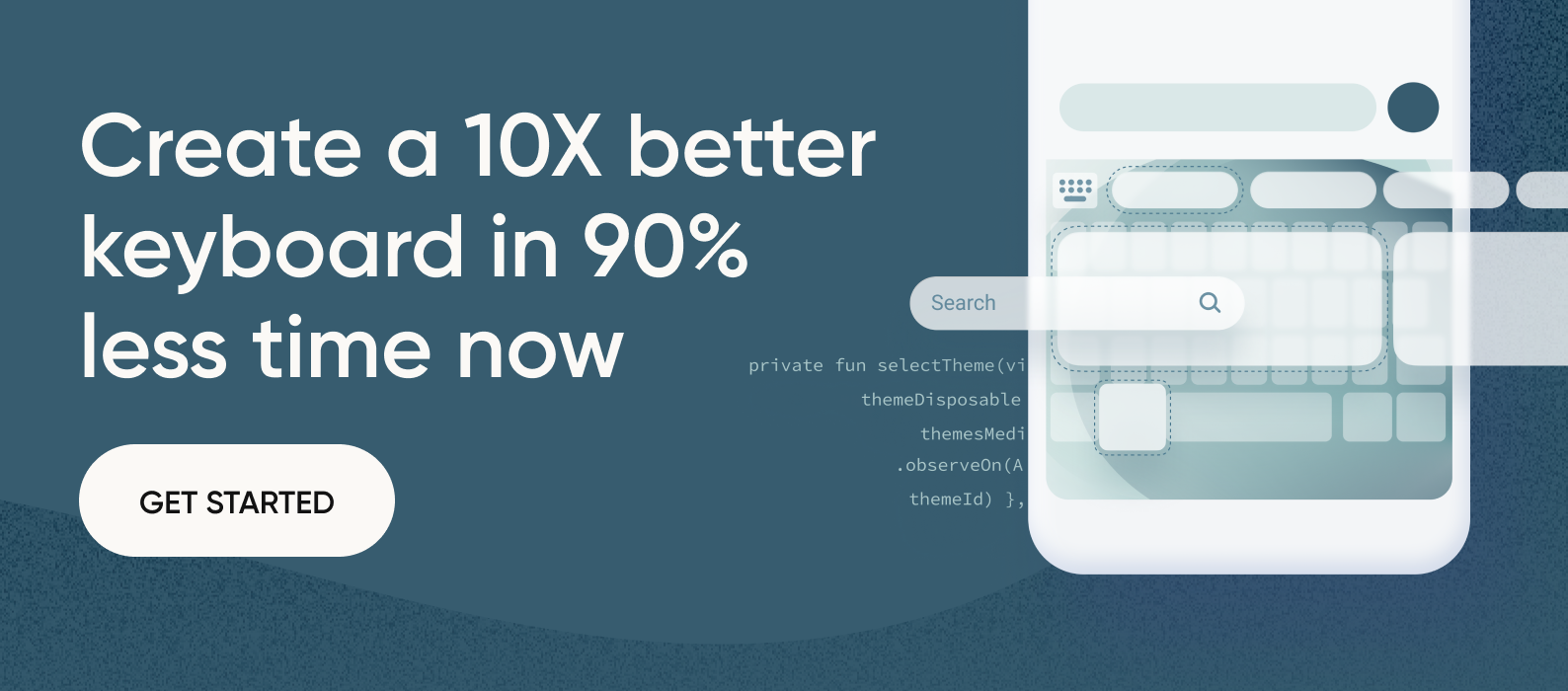Table of Contents

In the world of app development, one of the primary challenges developers face is defining clear requirements. Without a solid foundation, projects can easily go off track, leading to increased costs, delays, and unmet expectations. Here are some top tips, backed by data and examples, to help developers navigate this critical phase.
Engage Stakeholders Early and Often
Engaging stakeholders early and maintaining regular communication is crucial. According to a study by the Project Management Institute (PMI), projects with high stakeholder engagement are 20% more likely to succeed. Regular meetings and updates ensure that everyone involved is on the same page, reducing the risk of misunderstandings and scope creep. For instance, the developers of Fleksy, a popular keyboard app, frequently involved users in their development process to refine features based on real feedback.
Document Everything
Thorough documentation is essential for capturing requirements accurately. Tools like Jira and Confluence can significantly enhance team productivity. Atlassian reports that using these tools can increase productivity by 25%. Detailed documentation, including user stories, use cases, and wireframes, provides a clear blueprint for development. Fleksy’s development team utilized comprehensive documentation to ensure consistency and clarity throughout their project lifecycle.
Prioritize Features
Collaborating with stakeholders to prioritize features is vital. The MoSCoW method (Must have, Should have, Could have, and Won’t have) is an effective technique. The Standish Group’s survey indicates that 45% of project features are never used, highlighting the importance of focusing on what truly matters. Fleksy prioritized features like speed and customizability to stand out in the competitive keyboard app market.
Implementing Effective Change Management
When developing an app, requirements will inevitably evolve. According to a report by Standish Group, 35% of requirements change during the development process. Implementing a robust change management system helps teams adapt without derailing the project timeline or budget.
Start with a formal change request process that documents the proposed change, its impact on scope, schedule, and resources, and requires appropriate approvals. Using tools like Jira or Trello to track these changes creates accountability and visibility. Fleksy’s development team instituted a weekly change review board that evaluated all proposed modifications against the project’s core objectives, allowing them to accommodate valuable new features while preventing scope creep.
Anticipate Risks with Contingency Planning
Risk management is inseparable from requirements definition. A Harvard Business Review study found that projects with proactive risk management were 30% more likely to stay on budget. Create a risk register that identifies potential challenges, their likelihood, impact, and mitigation strategies.
For technical requirements specifically, build in contingency time for complex features. Fleksy’s team allocated buffer periods for integrating their advanced gesture recognition system, anticipating the technical challenges they might face. This foresight allowed them to deliver this core feature on time despite encountering unexpected technical hurdles.
Maintain Flexibility with Modular Requirements
Breaking requirements into modular components provides flexibility when changes occur. This approach, sometimes called “progressive elaboration,” allows teams to define high-level requirements early while refining details as the project progresses.
A McKinsey study showed that modular development approaches reduced rework by up to 40%. Fleksy implemented this strategy by defining core keyboard functionality requirements at the outset while leaving room to elaborate on specific language support features as they gathered more user data from different regions.
Iterative Reviews
Conducting iterative reviews of requirements with stakeholders ensures alignment and allows for adjustments. Agile projects with iterative reviews are 28% more successful than traditional projects. Regularly revisiting and refining requirements helps to catch potential issues early. Fleksy’s iterative approach enabled them to fine-tune their app based on continuous user feedback and changing market needs.
Implement User Journey Mapping
Between documenting requirements and prioritizing features, it’s crucial to create visual representations of how users will interact with your application. User journey mapping allows developers to visualize the complete user experience, from initial contact to final interaction. Studies from Nielsen Norman Group show that teams using user journey maps identify 37% more potential usability issues before development begins.
Start by identifying key user personas and mapping out each step of their interaction with your app. Document their goals, actions, thoughts, and emotions at each touchpoint. This process reveals hidden pain points and opportunities that might otherwise be missed in traditional requirements gathering.
For example, when Fleksy mapped the journey of multilingual users, they discovered that quick language switching was more important than initially assumed. This insight led to the development of their seamless language-switching feature that became a key differentiator in the market.
Effective user journey maps include:
- Clear user personas with defined goals
- Sequential touchpoints showing user progression
- Emotional states at each interaction point
- Pain points and opportunities for improvement
- Metrics to measure success at each stage
Tools like Miro, Lucidchart, and UXPressia can help create comprehensive journey maps that serve as visual references throughout development. When shared with stakeholders, these maps create alignment on user expectations and needs, resulting in more targeted feature development.
Connect Requirements to Business Goals
When defining requirements for app development, it’s crucial to establish a clear link between technical specifications and business objectives. This connection ensures that development efforts directly contribute to the organization’s strategic aims. According to McKinsey, companies that align technology initiatives with business goals are 2.5 times more likely to outperform their peers.
Start by identifying key performance indicators (KPIs) that matter to the business. For example, if user retention is a strategic priority, requirements should focus on features that enhance user engagement, such as personalization options or simplified user flows. Fleksy’s development team mapped their technical requirements to business metrics like user growth and engagement time, which helped them prioritize features that drove measurable business impact.
Create a traceability matrix that connects each requirement to a specific business goal. This visual representation helps stakeholders understand how technical decisions support broader objectives. For instance, investments in improved text prediction accuracy can be directly linked to user satisfaction scores and retention rates.
Regular business impact assessments throughout development ensure that technical decisions remain aligned with business priorities. These reviews allow teams to adjust requirements as market conditions change. When Fleksy incorporated autocorrection improvements, they measured the direct impact on user productivity metrics, demonstrating clear business value beyond the technical enhancement.
By maintaining this business-technical alignment, development teams avoid creating sophisticated features that don’t advance strategic goals, resulting in more cost-effective development and stronger business outcomes.
Case Study: Requirements Evolution in Practice
Let’s examine a real-world example showcasing how proper requirements management led to successful app delivery. TouchType Ltd, developing a healthcare communication app, demonstrates how effectively managing requirements throughout the development lifecycle creates positive outcomes.
Initial Requirements Gathering
TouchType began with intensive stakeholder workshops involving clinicians, hospital administrators, and IT security specialists. These sessions identified critical requirements:
- Strict HIPAA compliance for all patient communications
- Seamless integration with existing hospital systems
- Quick response features for common clinical scenarios
- Accessibility features for diverse users
The team documented these requirements using detailed user stories, each with explicit acceptance criteria. This foundation gave developers clear direction while providing stakeholders with tangible expectations.
Requirements Refinement Through Prototyping
After creating initial wireframes, TouchType’s team developed interactive prototypes demonstrating core functionality. When presented to clinicians in simulated work environments, several usability issues emerged:
- The workflow required too many taps for time-sensitive communications
- The text prediction system wasn’t optimized for medical terminology
- Interface elements were difficult to use while wearing medical gloves
These insights led to substantial requirement adjustments before writing a single line of production code, avoiding costly rework later.
Adaptive Requirements During Development
As development progressed, regulatory changes introduced new compliance requirements. The team’s well-established requirement management process allowed them to:
- Evaluate impact on existing features
- Reprioritize development tasks
- Communicate changes clearly to stakeholders
- Document decision rationale for future reference
By maintaining this disciplined approach throughout development, TouchType delivered an app that met regulatory requirements while satisfying core user needs—launching on schedule despite significant mid-project changes.
